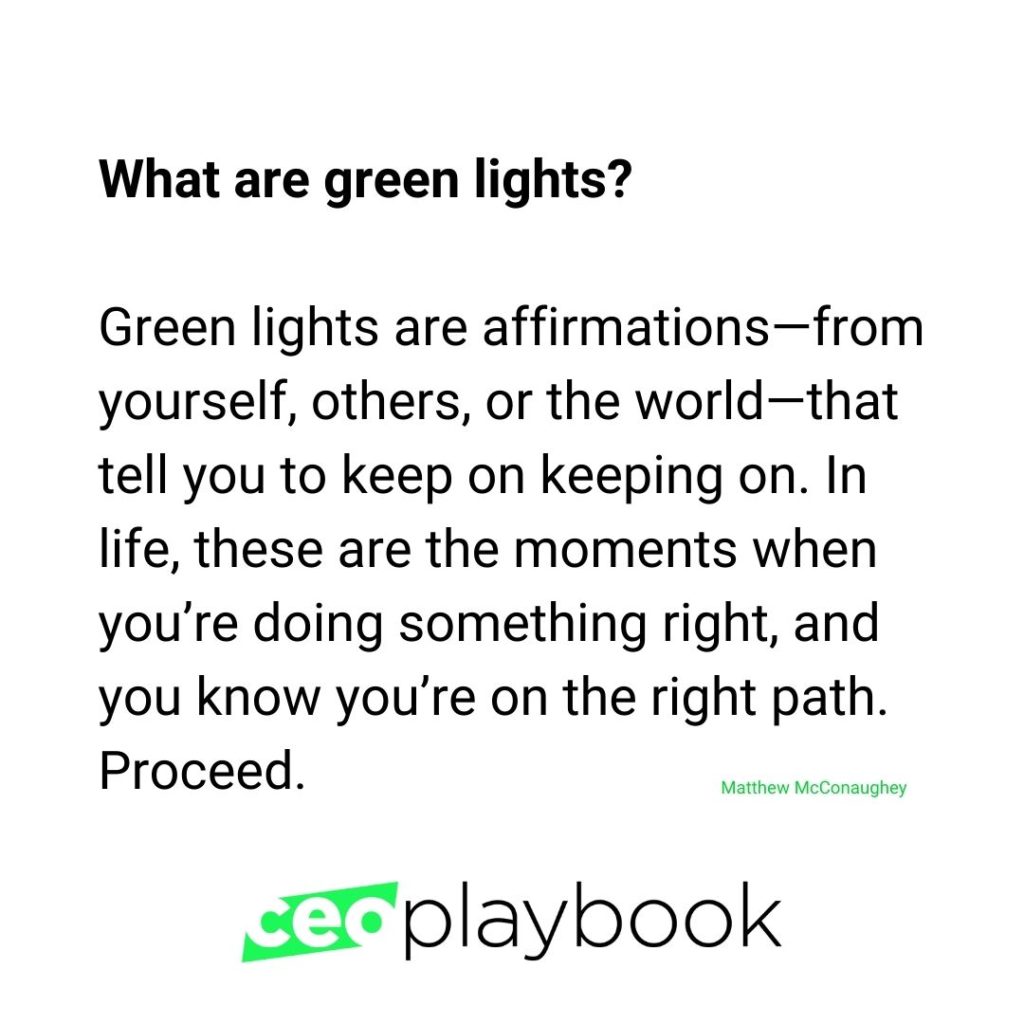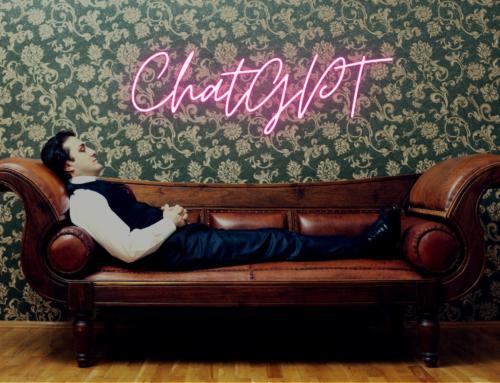I turned 50 this year.
I have a loving family, my health, and I am building something I am passionate about.
That is what is known as a rose.
It’s part of my new (almost) daily routine. I write down my Roses, Thorns, and Buds.
Roses are my gratitudes. They are my wins. The things I never knew I cherished. Sometimes, they are new learnings about me.
Thorns are the prickly challenges that life invariably brings me each day. They are the downward parts of the roller coaster that is entrepreneurship. They are the losses I surely regret. They are things that make my neck and shoulders tight and throb with pain.
Buds are about the future. They are things I look forward to winning. They are the joys in life that we sometimes forget to welcome in. I need those buds.
Each morning before I jump into the fires of the day, I double-click my Evernote app and quickly tap out my roses, thorns, and buds.
I have been doing this for nearly two years now. It is a simple ritual that frees my mind of the demons that hold me back so often. I sometimes work through challenging events or a recent spat with my loved ones. Other times, it’s just the micro-moment I need to get an epiphany that drives me forward on the road of life.
As I enjoyed the humble libations on my 50th tour around the sun – during a surge of Omicron – I couldn’t help but think what would have happened if I did this for the past 30+ years. What learnings, timeless insights, and guides would I have to see when the universe was just nudging me toward my goals?
This wasn’t the first time I had this thought.
The first time was while reading one of my favorite books from 2021, Matthew McConaughey’s memoir – Greenlights.
I am a huge fan of his commercials, his films, and his unique style of acting. He completely becomes the character he plays. His ability to do this comes from years of self-reflection, allowing him to carefully choose each role.
His self-awareness is a real superpower. That did not come easily.
Like all of us, he ran into a lot of difficulties on the road of life. His red lights, as he calls them, would sting like a scorpion bite to the face on his drives. But, as he arrived at marquee stations on his journey, he’d look back in the rearview mirror to understand how that route came together.
It was right there in his journals – over 30+ years of them.
Every red light was there for a purpose. It was setting him up for several green lights on the road ahead.
Maybe we should all journal.
“50 is the new 30,” said my friends as they cheered me on.
I wonder what I will learn from my next 30 years. I will take a page out of Matthew’s book and count each thorn, not just the roses.
Below is my annual list of favorite books! Enjoy it.
How Brands Become Icons by Douglas B. Holt
Mohammed Ali, Steve Jobs, Oprah Winfrey, Michael Jordan, Michael Jackson, Martha Stewart, Barack Obama. These are all cultural icons. They represent an ideal, a cultural movement. They command respect and are worthy of admiration. Their stories are so powerful and magnetic, they have become mythical.
But, can a brand become an icon?
Nike, Apple, Coke, Corona, VW, Bud, are all iconic brands. Why? Because they are infused with something called identity value. “Acting as vessels of self-expression, the brands are imbued with stories that consumers find valuable in constructing their identities.”
I buy Apple products because I value the way it makes me feel and it helps me express who I want to be–different.
But, these brands are among the most successful because they are also cultural icons. They are expressions of not just one person, they are an expression of the values of an entire group in society.
How does this happen?
To understand how a brand becomes iconic, Holt studies each of the most iconic brands (like Coke) and searches for the secrets. In his journey, he discovers something fascinating–identity myths set in popular culture. He then turns these stories into a recipe for better brand building. I really enjoyed this read because I lived through the rise of these brands and the techniques they used to become cultural icons. I think you will enjoy it, too.
Meditations by Marcus Aurelius
I never would have thought the musings of an ancient Roman Emperor would be relevant in modern times. I heard about the great quality of the Gregory Hays translation, so I picked up a copy.
Inside I have found timeless life lessons dipped in powerful stoicism. Marcus speaks to himself in this series of journals made into a book.
“Even if you’re going to live three thousand more years or ten times that, remember: you cannot lose another life than the one you’re living now, or live another one than the one you’re losing. The longest amounts to the same as the shortest. The present is the same for everyone; its loss is the same for everyone, and it should be clear that a brief instant is all that is lost. For you can’t lose either the past or the future; how could you lose what you don’t have?”
I read that as I was going through a rough patch in 2020. It’s just what I needed at the time.
I can’t say what you will get out of the book. Only you can find your personal gifts from a read. I keep it by my bedside. It’s a book I know I will continue to read for a lifetime.
[Explore more with this stoic reading list.]
The Art of Thinking Clearly by Rolf Dobelli
100.
That’s how many cognitive biases Dobelli covers in this book. To think there are even half that many is worrisome. But, avoiding biases is the first step to making better decisions as a CEO.
I spent the summer reading this book, one bias per night. Sometimes I laughed, sometimes I shook my head, and other times I was horrified. His cleverly written stories helped me identify simple errors I make in my day-to-day thinking. I read a chapter every night before bed–it’s that good.

On Intelligence by Jeff Hawkins
Around 1980, the chairman of Intel, Gordon Moore–inventor of Moore’s law–received a letter from one of his young engineers. It read:
“Dear Dr. Moore,
I propose that we start a research group devoted to understanding how the brain works. It can start with one person–me–and go from there. I am confident we can figure this out. It will be a big business one day.”
Moore sent the letter on to his chief Scientist who explained to the engineer we were nowhere close to solving that riddle and would not for the foreseeable future. He was right because 25-years later we have just begun to scratch the surface. Jeff Hawkins, the founder of PalmPilot, takes us on his two-decade journey to finding the truth. And, it has nothing to do with Turing machines.
We are surrounded today by examples of the emerging power of AI, Machine Learning, and other exciting new technologies that promise to revolutionize intelligence. But, a little secret…none of that tech is based on how the brain actually works!
Jeff unlocks the secrets of humanity’s intelligence center, the neocortex. A bumble of about thirty billion cells that give rise to the human mind. They are not just a blob of cells, but an incredible system that can perform feats in a second using 100 hops across neurons. A modern computer can make billions of calculations in seconds.
How do we do this? What is intelligence? Jeff’s answer, garnered from his Redwood Neuroscience Institute, is jaw-dropping and will help shape the future of intelligent machines that will not destroy humanity.
[Listen to Sam Harris interview Jeff about his research.]
A Promised Land by Barack Obama
What can you say about a memoir written by the first Black President of the United States? It’s a Must Read.
I chose to read this book very slowly. I didn’t want to miss a thing.
Obama’s vivid recounts of his experiences as FB-POTUS were nothing short of moving. I savored every page taking in his detailed writing filled with rich insight into what he was thinking, and most importantly feeling, at every moment in the most powerful job in the world.
But, what struck me most was his approach to making decisions.
He deliberately set the ground rules and processes for making each decision. “My emphasis on [a decision-making] process was born of necessity. What I was quickly discovering about the presidency was that no problem that landed on my desk, foreign or domestic, had a clean, 100 percent solution. If it had, someone else down the chain of command would have solved it already,” he explains in the first book of a two-part chronicle of his presidency.
Every CEO should read this book–not just for the history– to learn the alchemy of making irreversible decisions.
Greenlights by Matthew McConaughey
Sometimes life gives you red lights and sometimes you get green lights. The trick is learning how to catch as many green lights as you can. But, you need those red lights to really appreciate the green ones. This memoir is a surprising playbook on deep self-reflection.
Based on 35-years of his personal journals, the Academy Award winner takes on a tour of all his red lights and the green lights they unlocked. He revisits those green lights to understand the why behind what he was doing that made it work at the time. The flight oozes with incredible stories, backstage views of his triumphs, and slumps.
Did you know Matthew deliberately re-branded himself?
What surprised me the most was how much learning there is in this book for just about anyone. Life is such a great teacher, yet we are so busy trying to live longer, we totally miss it.
“We don’t live longer when we try not to die. We live longer when we are too busy living,” Matthew opines.
[Here is an interview with Joe Rogan and WP’s take on the book.]
Btw, here are two other book review lists I enjoyed reading:
- Bill Gate’s annual list.
- Ali Tamaseb (partner at DCVC) published his list of 18 books from 2021.
To read our past lists visit the Bookshelf.



